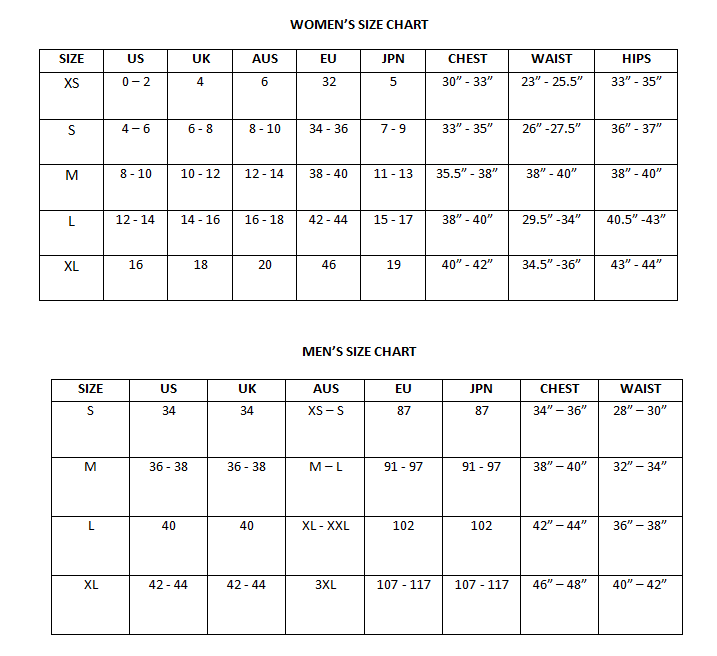FREE SHIPPING
Free shipping on all US order or order above $200

All orders shipped with UPS Express.
Always free shipping for orders over US $250.
All orders are shipped with a UPS tracking number.
Items returned within 14 days of their original shipment date in same as new condition will be eligible for a full refund or store credit.
Refunds will be charged back to the original form of payment used for purchase.
Customer is responsible for shipping charges when making returns and shipping/handling fees of original purchase is non-refundable.
All sale items are final purchases.
Give us a shout if you have any other questions and/or concerns.
Email: [email protected]
Phone: +1 (23) 456 789
| Label | Nuphar lutea |
|---|---|
| Common name | Yellow Water-lily |
| Family | Nymphaeaceae |
| Genus | Nuphar |
| Species | Nuphar lutea |
| Therapeutic uses | The fresh root is anodyne, astringent and demulcent. The pulverized dried rhizomes have been used to stop bleedings. A tea made from the roots is used in the treatment of dysentery, diarrhoea etc. A poultice made from the roots is used in the treatment of swellings, boils, tumours, inflamed skin etc. |
| Germination | Sow in a greenhouse in pots submerged under 25mm of water. Prick out into individual pots as soon as the first true leaf appears and grow them on in water in a greenhouse for at least two years before planting them out in late spring. The seed is collected by wrapping the developing seed head in a muslin bag to avoid the seed being lost. Harvest it 10 days after it sinks below the soil surface or as soon as it reappears. Submerge in pots in shallow water until established. |
| Price View | Price Range |
Free shipping on all US order or order above $200
Contact us 24 hours a day, 7 days a week
Simply return it within 30 days for an exchange.
We ensure secure payment with PEV